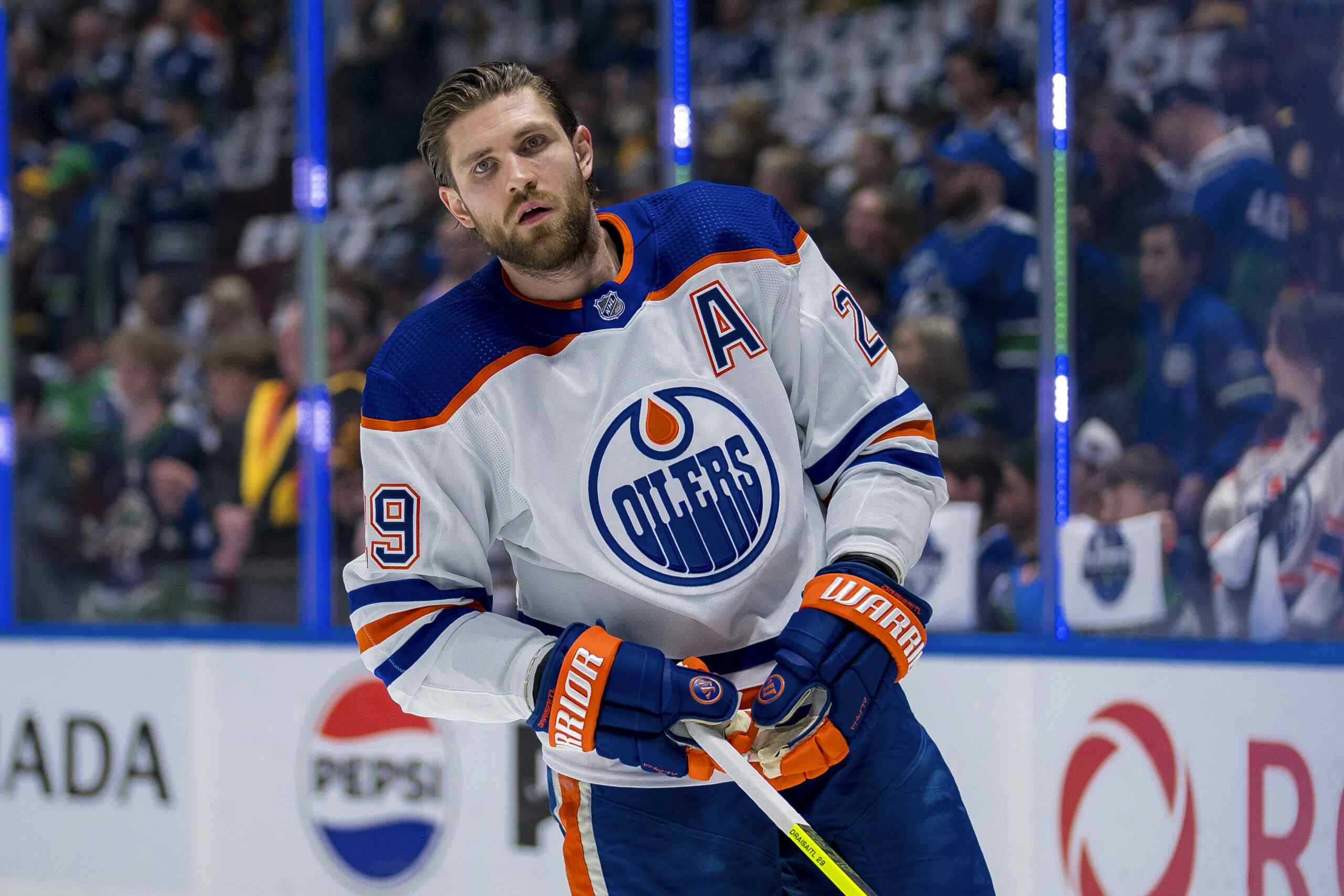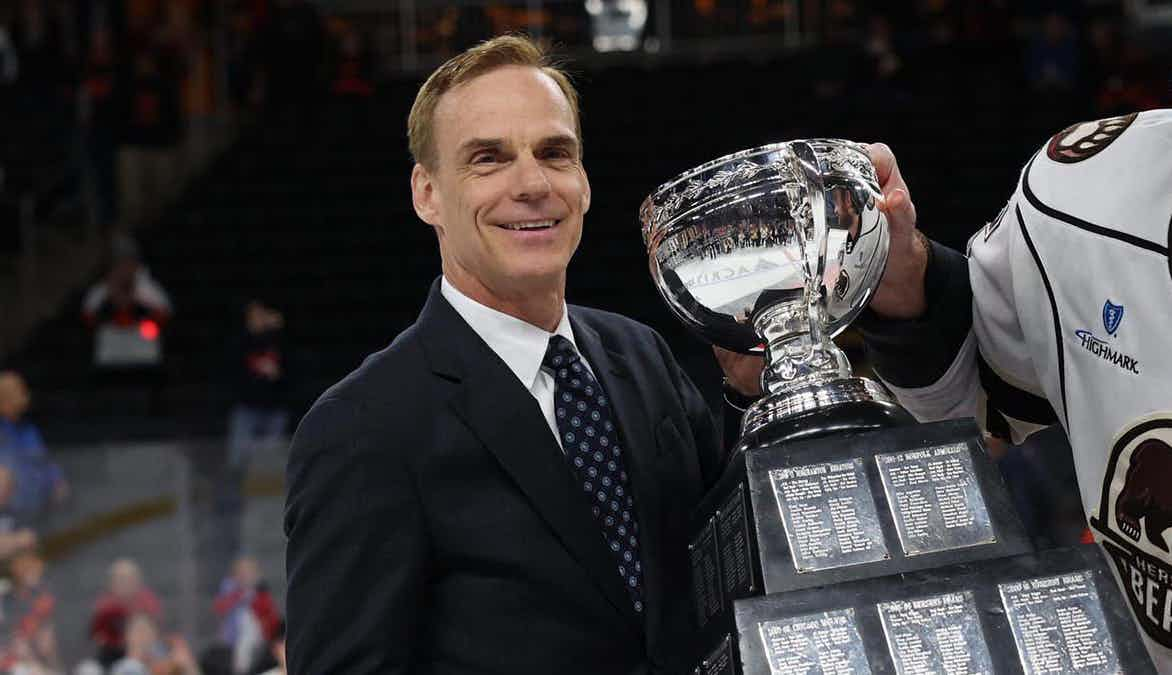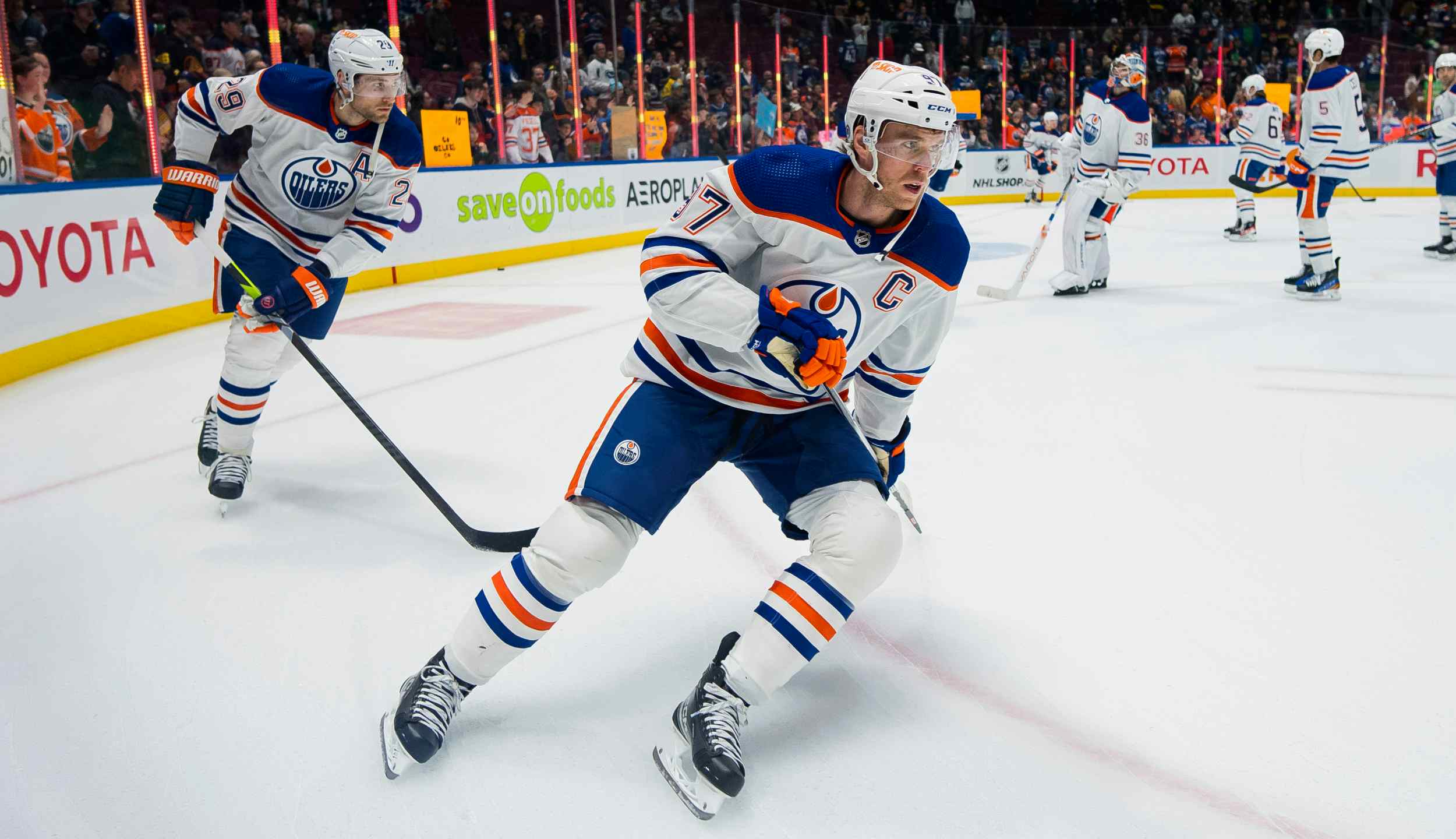Is Rasmus Andersson’s new contract a good comparable for Ethan Bear?

By Zach Laing
4 years agoYesterday, the @Calgary Flames announced they had signed young defenceman @Rasmus Andersson to a six-year, $4.55-million AAV contract. Coming off his ELC it locks a core piece of the club’s defence up long-term.
The @Edmonton Oilers are in a similar situation with a young, RFA defenceman of their own in @Ethan Bear.
First off, it’s important to take a look at how the two compare at this point in their careers in all situations.
| Name | GP (TOI/Gm) | PTS (PPG) | CF% | GF% | xGF% | GA/60 |
| Andersson | 134 (17:05) | 31 (.23) | 53.7 | 54.55 | 52.65 | 2.23 |
| Bear | 63 (20:22) | 19 (.30) | 47.48 | 43.88 | 46.75 | 3.65 |
Stats via Natural Stat Trick, sans one GP played by Andersson in 16-17. Not included as I’m awaiting access to include more than 3 seasons in on-ice searches.
Looking at the raw numbers, there’s a distinguishable difference between Andersson and Bear and it’s very important to note we’re looking at a small sample size of two-thirds of a full season when it comes to Bear.
Bear has better relative point production and doesn’t drive play like his counterpart nor does he defend as well on paper. But in a short time, Bear has played more time on ice and against tougher competition.
According to puckiq.com, Bear has played roughly 35 percent of his time on ice against elite competition and slightly more against middle-competition, while Andersson has played only 22% against elite competition. Andersson has played the majority of his time on ice, a total of 41 percent, against the bottom-tier competition.
Bear’s most common defensive pair in the NHL has been Darnell Nurse, who is well known for his defensive warts, and has been tasked with playing some tough minutes. Judging by his with/without numbers, Bear is no worse of a player with Nurse than he is without him. This could largely be due to the fact that Bear has played 63% of his total career with Nurse.
Andersson, meanwhile, has been paired up alongside Oliver Kylington for the majority of his time on ice (27%). Looking at the same WOWY numbers, Andersson has actually been dragged down by playing with his Swedish counterpart. All of Andersson’s major underlying numbers (CF%, GF%, xGF%) are three to four percent higher away from Kylington than with him.
What does it all mean?
It means, to me, that at the end of the day Rasmus Andersson is a better player, despite looking at similar sample sizes. And it’s something that may play to the benefit of the Edmonton Oilers.
Bear’s on paper numbers aren’t great, but he has passed the eye-test very well this season. He often finds himself in great positions, has the penchant to move the puck up the ice and is a relatively smooth skater.
At the time of the signing of @Oscar Klefbom, he had posted eerily similar numbers to that of Bear. Klefbom’s numbers all improved significantly over the three seasons following his signing.
And if I’m the Edmonton Oilers, I’m coming to the negotiating table with his agent Jason Davidson with the argument that Bear’s new deal should fall somewhere between Andersson’s deal and that of Klefbom.
I feel confident in Bear’s projection as a top-four defenceman who can contribute offensively and I think he’s worth a long-term bet in the $4-4.5-million range.
On Twitter: @zjlaing
Recent articles from Zach Laing





